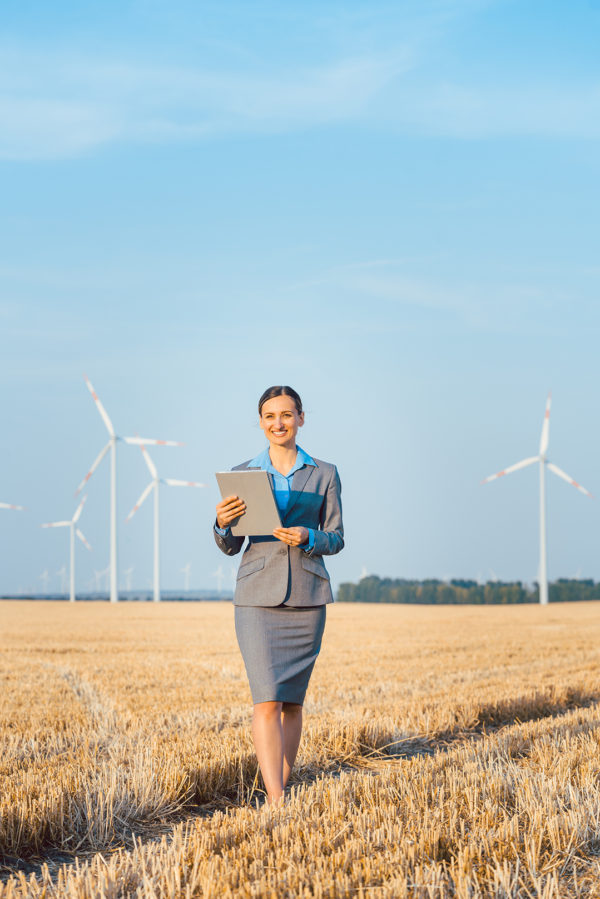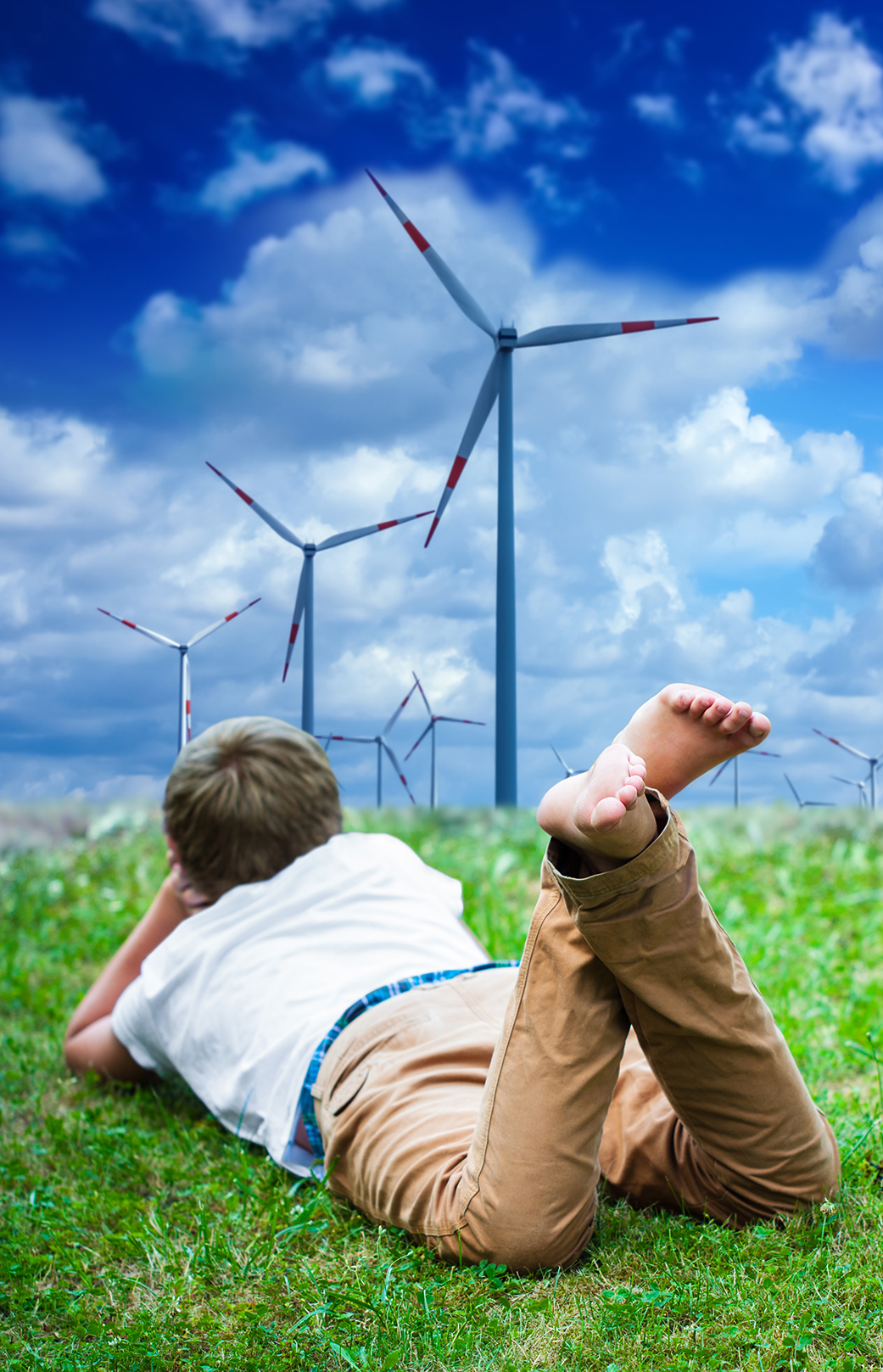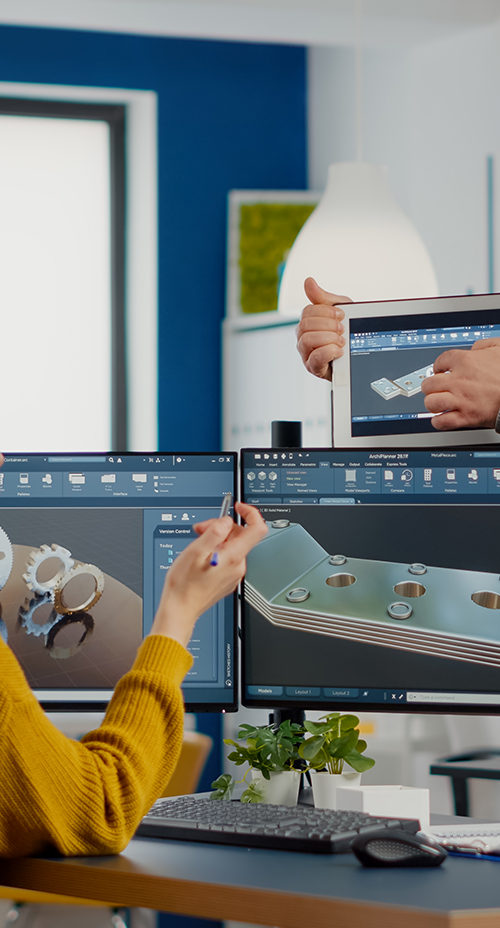Year
2021-2022
Project Type
- Research Study
Deliverables
- Agrivoltaics:
- Environmental;
- Social; and
- Monetization Optimization
something incredible is waiting to be known.
Agrivoltaics (APV) Research Study
Environmental, Social, and Monetary Optimization
The stacked usage of energy benefits that can be provided by multi-purposed land is essential to the growth and sustainability of Minnesota’s renewable energy. The potential of Agrivoltaics for creating further revenue streams and community involvement is high. We seek to accelerate the adoption of Agrivoltaics as common practice and see it implemented in a way that is beneficial to all parties. Is it possible? Yes. What is needed can be fulfilled by researching and implementing clear monetization processes, best practices for our region, and furthering adoption by community stakeholders.
“Low-impact solar development, including native and pollinator-friendly vegetation practices, provides numerous, stacked benefits in the form of ecosystem services, operational efficiency, and positive stakeholder relations,” says Marcus Krembs, Director of Sustainability, Enel Green Power North America
Reasearch. Creating The Foundation For Local Energy Advancement.
Working with UMN IonE allows us to collaborate with a research team of students who have multi-discipline specialities. These student researchers brings together all aspects of our mission while engaging with our company values. Together we are researching and studying our findings for our upcoming operational project studies and cleantech solution for project planning, maintenance and community engagement. Both endeavors will launch in spring of this year (2022). We aim to identify the most efficient and scalable agrivoltaics (APV) practices from an environmental, social and monetary standpoint that will continually become more precise through our growing number of operational studies and research. These include different pollinator habitats, crop growth and other ecosystem services such as watershed management. We are currently modelling scenarios where our monetization of APV shows the possibilities for a straight return for farmers and communities as well as the potential for off-setting the cost of the integration.


The Changes We Hope To See Through Our Work.
I. Multi-discipline land use for energy production expansion to provide a sustainable environmental impact, and lead to the common practice of utilizing entire eco-system management for energy, food and positive environmental and social impact.
“By 2030, utility-scale solar installations could cover almost 2 million acres of land in the United States. Traditional solar development would monopolize this land for just one use: energy production. Low-impact solar development (solar + agrivoltaics), on the other hand, also improves soil health, improves water quality, nurtures native species, produces food, provides grazing land and can be built to provide lower-cost energy to local communities,” NREL, 2019 InSPIRE Project.
II. Community members engaging with sustainable energy and receiving additional benefits without higher energy costs.
“Cooperative members want to engage as much sustainable energy within their energy mix as possible without seeing a raise in their energy prices,” Kyle Schleis, Connexus Energy 2021.
III. A steady increase in the value of solar (VOS). VOS needs to increase for individuals, utilities and organizations to maintain growth as community solar programs change and a more democratic structure for the energy industry in Minnesota is defined (MnSEIA Conference 2021 and FERC 2021 Intervenor Funding Proposal). There are many roadblocks to increasing VOS via APV that are mostly falling under the monetization and community adaptation of APV practices.
“In a risk-averse industry, this (agrivoltaics) is perceived as a risky practice because there haven’t been any studies and there isn’t any data to say that this works or that there can be (monetary) benefits to the solar project,” Jordan Macknick, NREL.
Project Outcomes
Outcomes For An Easy Transition
In-Progress
Amazing Results
Our first operational project is based on this study is being implemented for late summer planting now. The site will be in full production by spring 2023.
“Nine-tenths of wisdom is being wise in time.”
- Theodore Roosevelt
Let's Start Today
Like Nothing You've Seen. Subscribe Today & Experience Intellect Earth.
Register To Receive Research Updates


